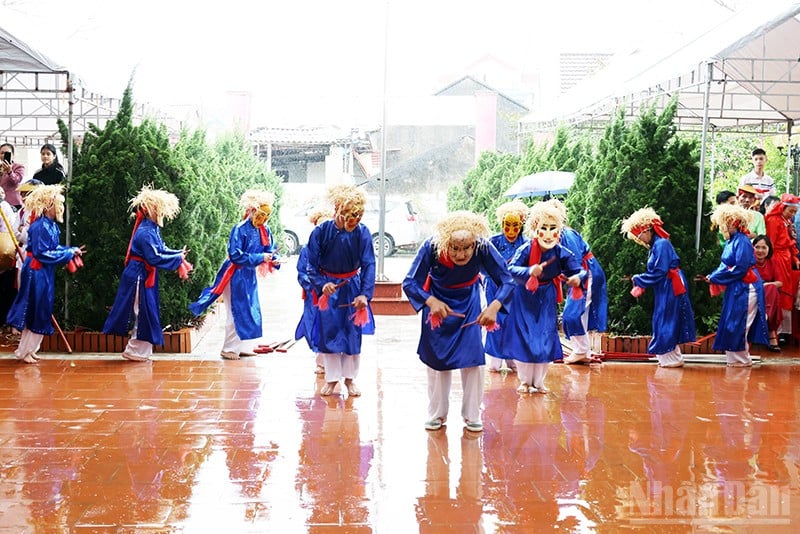
Originating from Xuan Pha village, Xuan Truong commune (Tho Xuan, Thanh Hoa ), a land rich in historical traditions, the birthplace of the famous Lam Son uprising (1418-1427), Tro Xuan Pha has become a bright spot in the cultural picture of Thanh land. Researchers believe that this performance appeared during the Dinh dynasty (968-980) and flourished under the Le So dynasty.
Each dance in Tro Xuan Pha is a vivid folk cultural picture, recreating the diplomatic space and diverse cultural exchange between Dai Co Viet and neighboring countries.
These plays tell stories of solidarity, harmony and cultural exchange, demonstrating the intelligence and talent of the Vietnamese people. Throughout a thousand years of history, this heritage has always shone, continuing to be a unique symbol of the nation's folk culture.
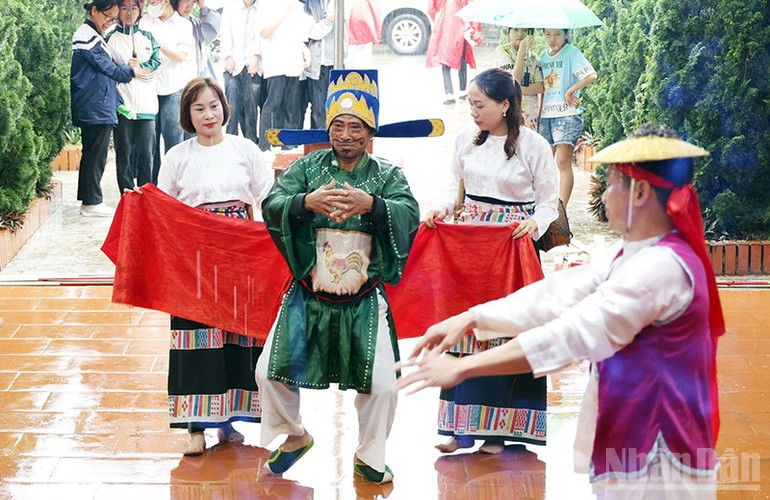
"Five neighboring countries pay tribute" - Five unique folk dances
Every year, from the 10th to the 12th of the second lunar month, Xuan Pha Tro is held at the Xuan Pha Temple relic, attracting a large number of locals and tourists, becoming a unique festival of Tho Xuan land. The artisans in the village take turns performing, from the mysterious, splendid beauty of Chiem Thanh Tro, the witty beauty of Tu Huan Tro to the softness and strength of Ai Lao Tro.
The five folk dances in the story of Tro Xuan Pha represent the "Five neighboring countries paying tribute": Tro Hoa Lang (representing the Kingdom of Goryeo); Tro Tu Huan (representing the Luc Hon Nhung); Tro Ai Lao (representing the Thai-Lao people); Tro Ngo Quoc (representing an ancient country in China); Tro Chiem Thanh (representing the Champa people).
Each dance in Tro Xuan Pha is a vivid artistic story, skillfully incorporating historical and cultural messages through each image, costume and performance movement. This heritage bears the mark of a subtle combination of royal and folk performing arts, deeply reflecting the aesthetic concept and the simple, creative soul of the people of Thanh Hoa.
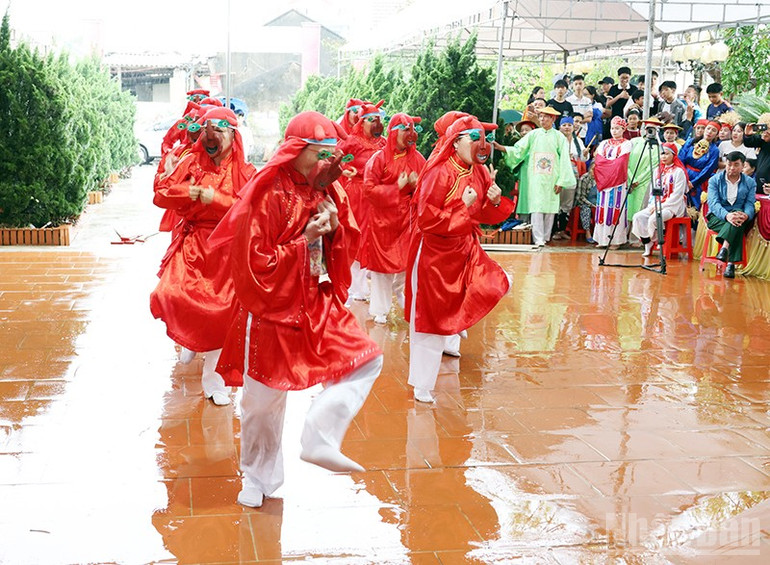
In Tro Xuan Pha, the Cham dance from Doai village, Xuan Truong commune, is truly captivating. The costumes are elaborately crafted: the lord is majestic in a red silk shirt, the soldiers wear bean coats, all wearing red square scarves, along with the ancient "phong" and "xiem" collar shirts. This dance exudes solemnity and mystery, with the image of the lord reading the funeral oration, the two phoenixes respectfully offering incense, and the soldiers wearing strange wooden masks strongly reminiscent of ancient Cham statues.
Hoa Lang tro (Thuong village, Xuan Truong commune) brings a colorful performance with the characters of grandfather, grandson, grandmother, and ten soldiers. The typical costumes include ao dai, high hats made of cowhide, and are accented by white-painted cowhide masks with peacock feathers for eyes. The lord wears a hat with a delicate dragon carving, while the soldiers wear hats with moon motifs. The entire Hoa Lang costume stands out in navy blue.
The Ai Lao troupe (Yen village, Xuan Truong commune) is performed vividly with ten soldiers, elephants and tigers, in harmony with the sound of bamboo flutes. The dance symbolizes the power of hunting, while also showing flexibility and softness. The Lord wears a dragonfly-winged hat and an indigo-blue shirt. The soldiers wear fig-root hats, wrap them around their shoulders, wear leggings, and hold bamboo flutes, simulating a hunting and gathering scene. The typical costume is long pants, a white shirt, wrapped in indigo-blue leggings, and a cross-slung Lao-patterned brocade.
The Ngo Quoc play (Dong village, Xuan Truong commune) is attractive with two fairies, a princess and ten soldiers, all wearing soldier hats, blue shirts, and holding oars. It opens with supporting characters such as a medicine seller, a candy seller, a geomancer with impromptu dances. The play ends with a rowing dance with lyrical lyrics: “The wind blows the sails out to sea/ He returns to the North, I am in An Nam/ Wherever it rains, lightning strikes/ Rain over Lang Thanh, thousands of blue clouds flash.”
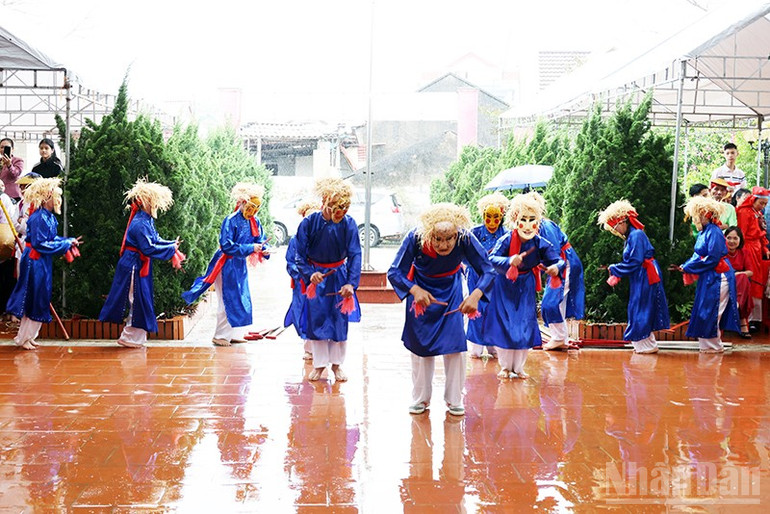
Tro Tu Huan (or Luc Hon Nhung) from Trung village, Xuan Truong commune, depicts the image of the great-grandmother, mother and ten children with 5 pairs, according to age from young to old (1 to 5 teeth). The upside-down woven bamboo hat has bamboo strips to make the hair white, worn on a red square cloth covering the head. The old great-grandfather, the servant holding a fan, circle around the temple yard twice, bowing and greeting. The mother beats the cymbal, dances to the rhythm of three near the altar, kneels and bows. The ten children divide into pairs, moving back and forth following their mother's dance. The costumes are indigo blue.
Eternal symbol of Vietnamese culture
Xuan Pha Dance is where Vietnamese folk art shines brightly, displaying the endless beauty of Thanh culture and the quintessence of the nation. This type of performance is an artistic masterpiece, harmoniously combining the solemnity of royal dance with the simplicity and freedom of folk dance. Xuan Pha Dance is the crystallization of creative talent, national pride and historical depth, creating a timeless appeal.
Xuan Pha Play depicts a world that is both solemn and mysterious, yet vibrant and brilliant. Each dance and each sound evokes pride and love for the homeland. Therefore, Xuan Pha Play is not only a precious intangible cultural heritage of Vietnam, but also a symbol of the longevity of folk art, a cultural treasure that deserves to be preserved and honored on the world cultural map.
Source: https://nhandan.vn/tro-xuan-pha-hon-viet-xu-thanh-post892657.html


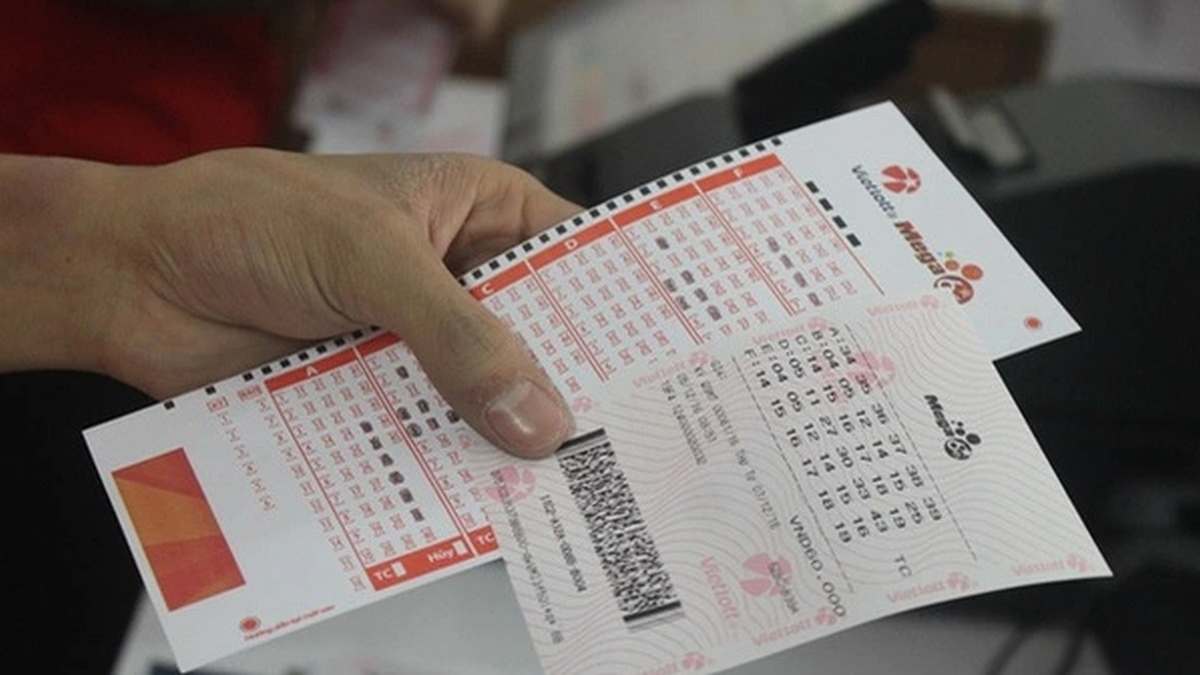

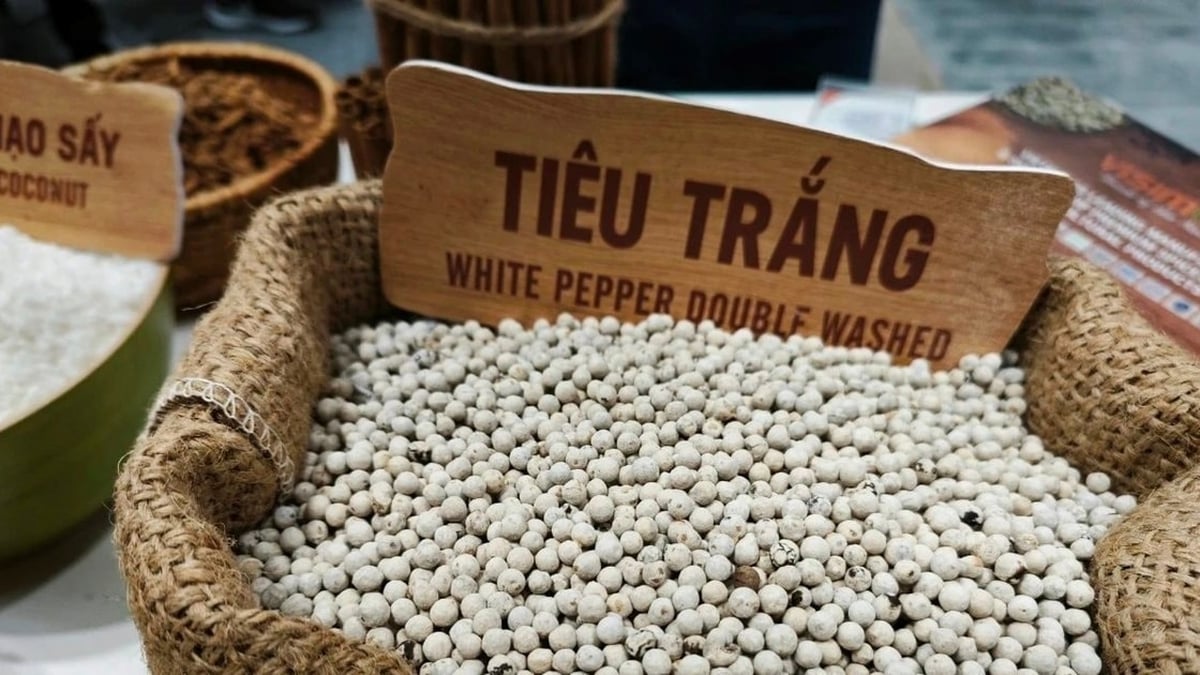

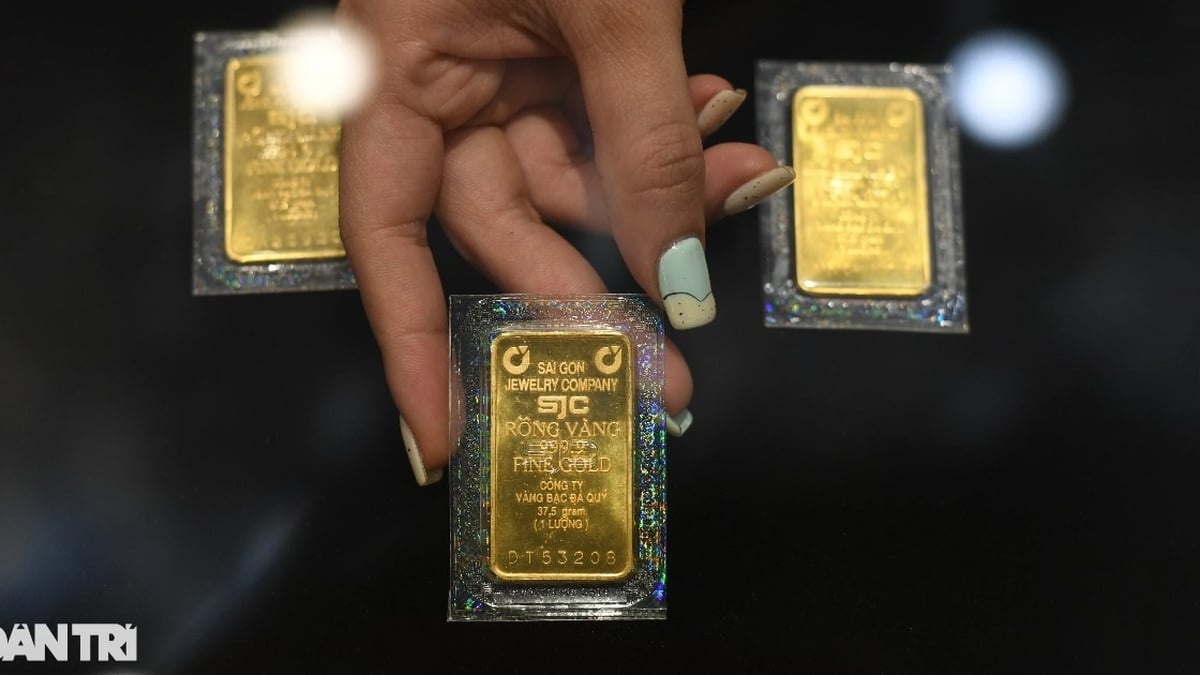
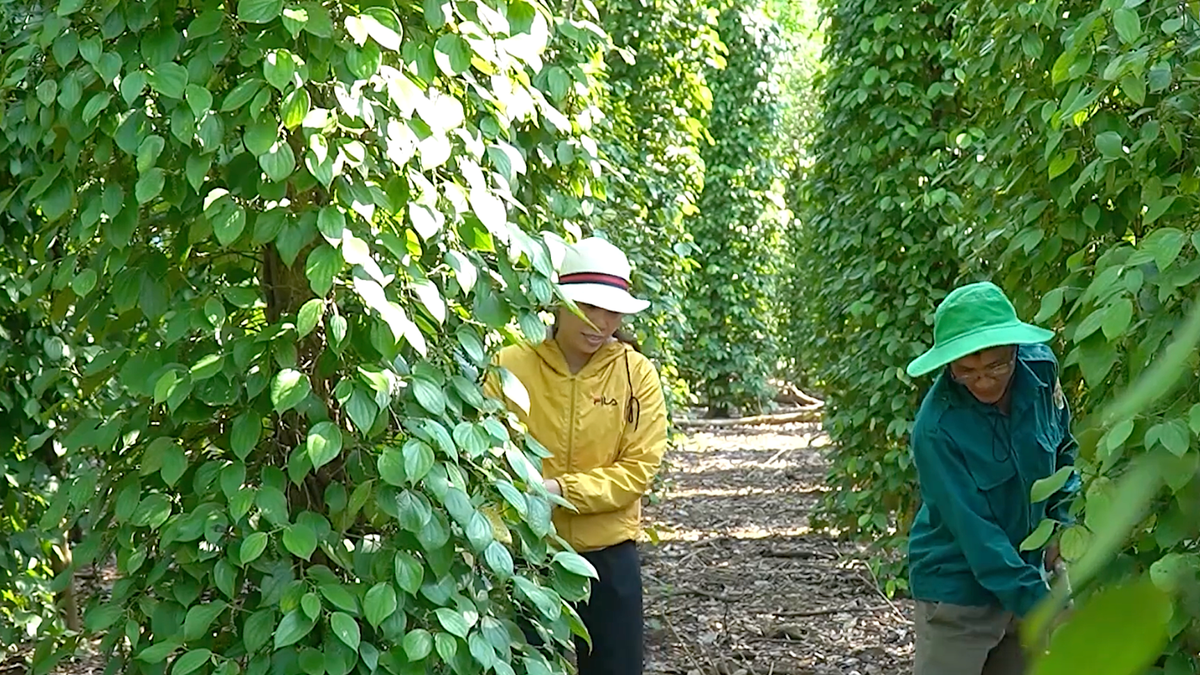
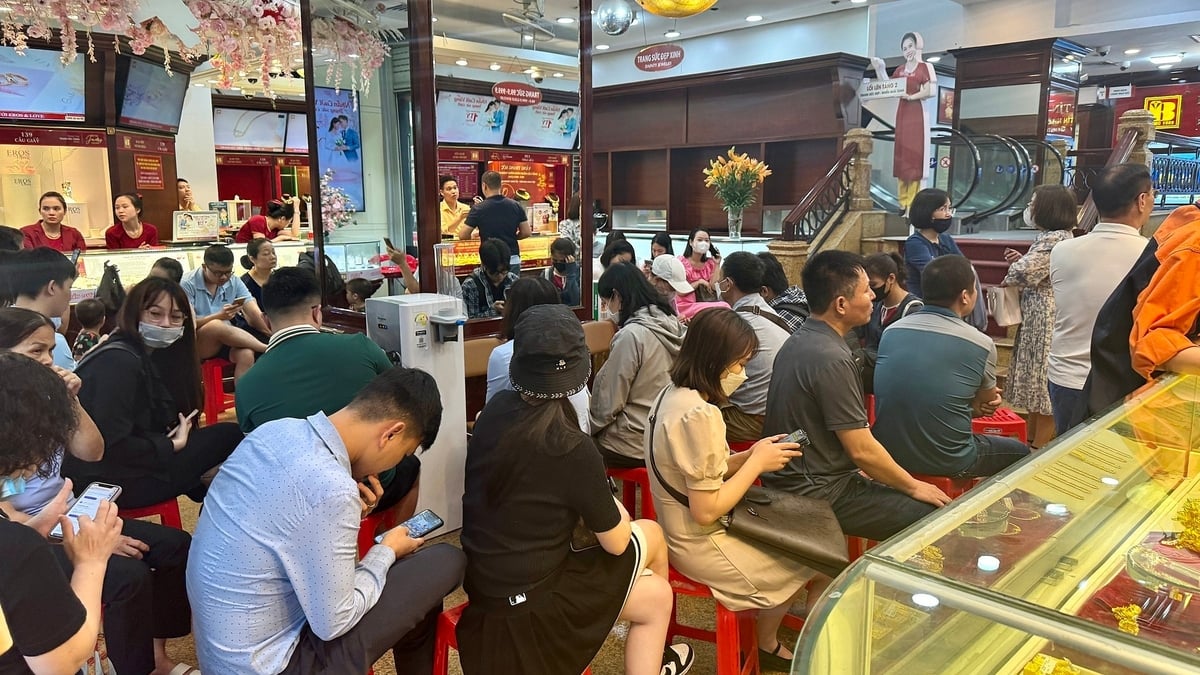
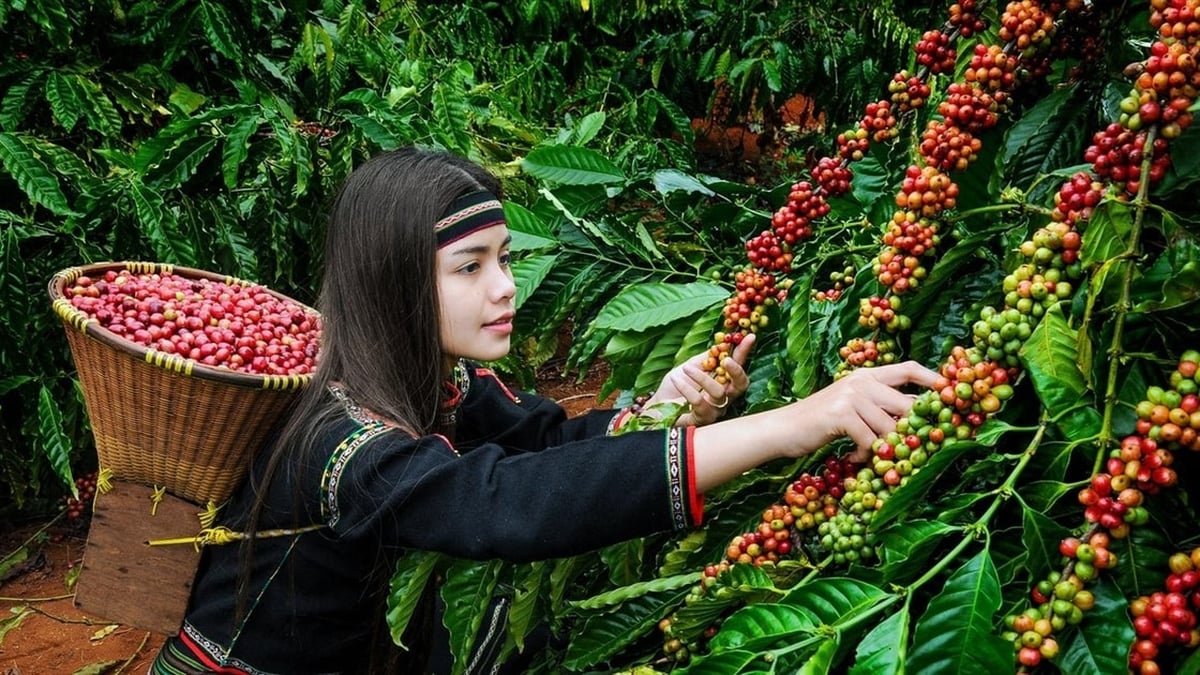
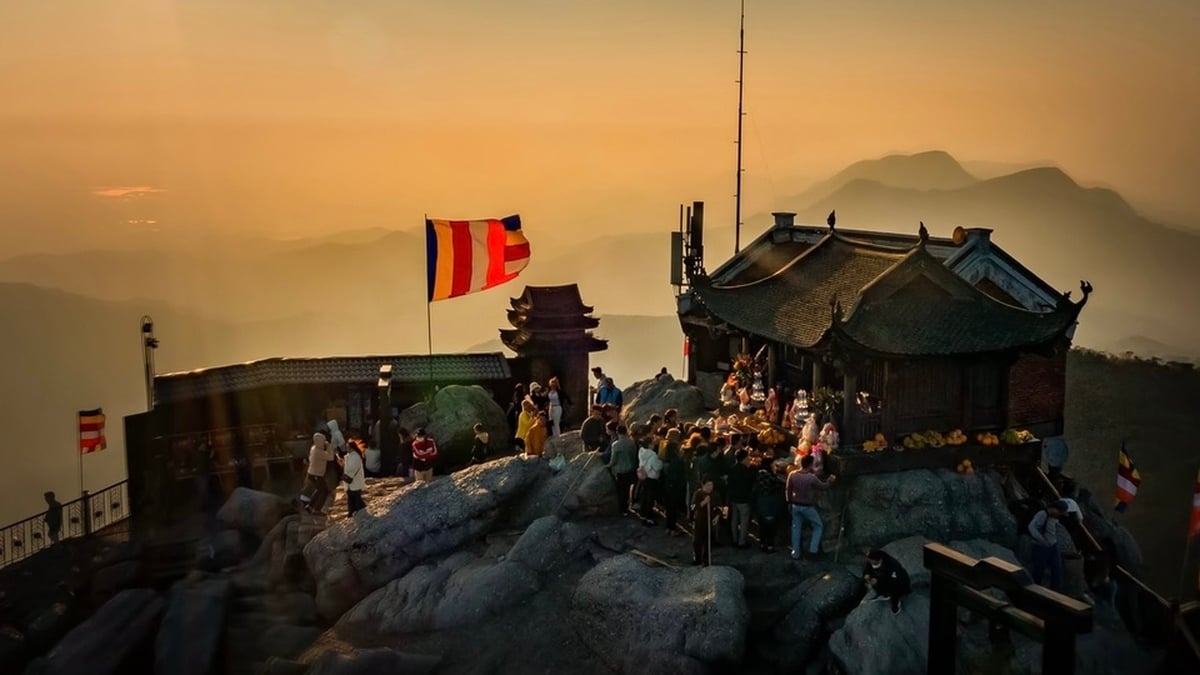
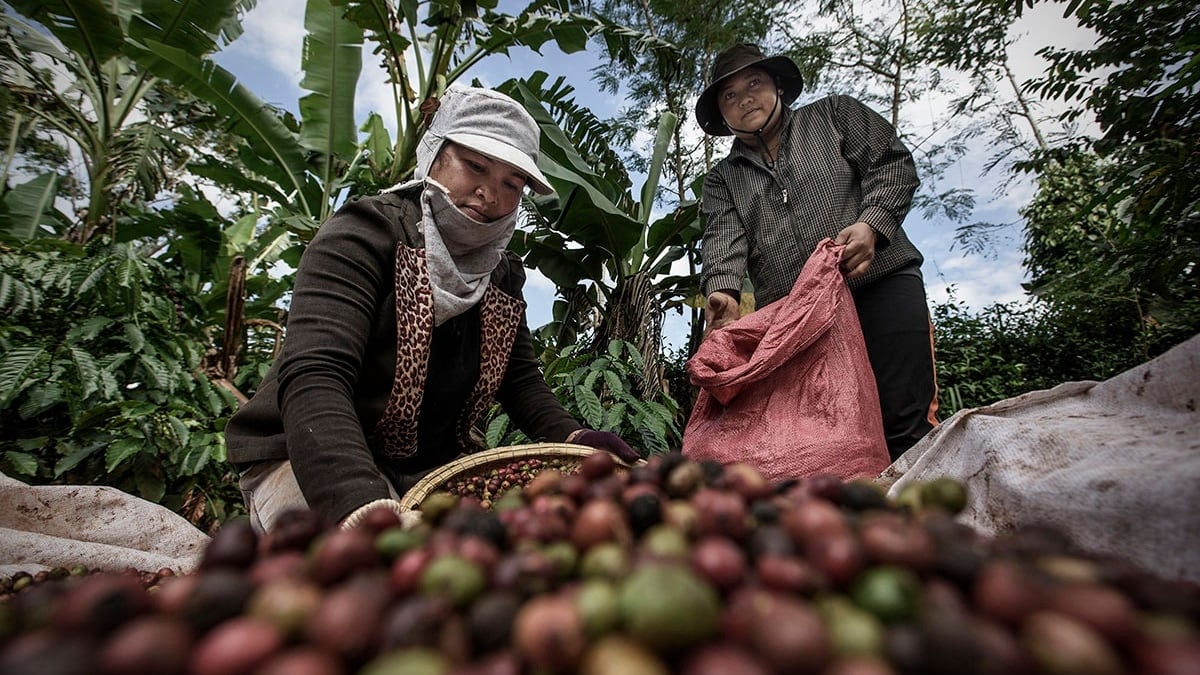


























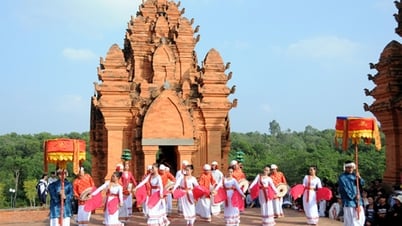

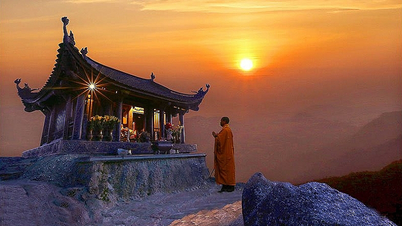

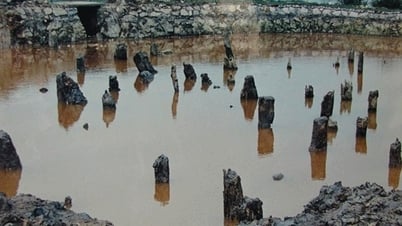
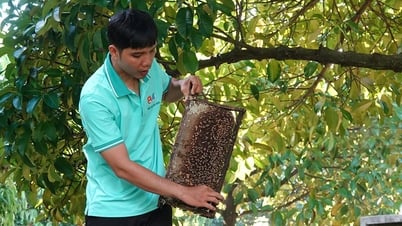



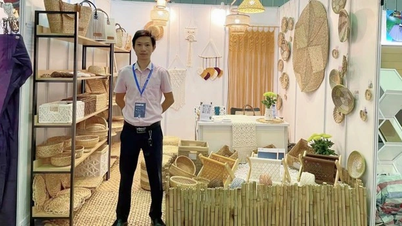
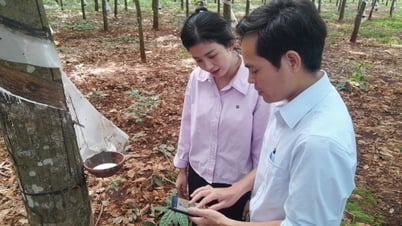

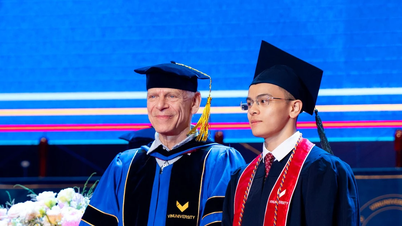










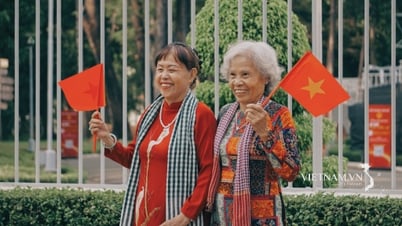
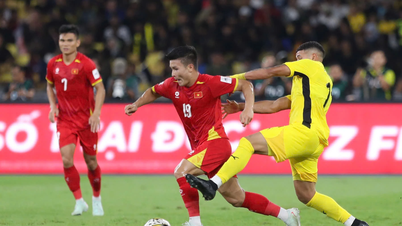
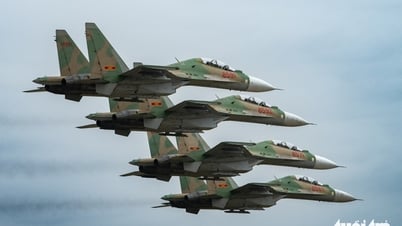

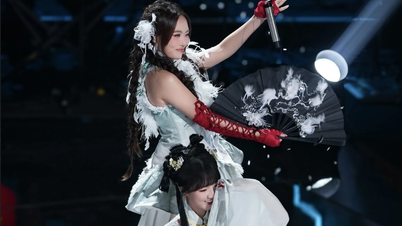









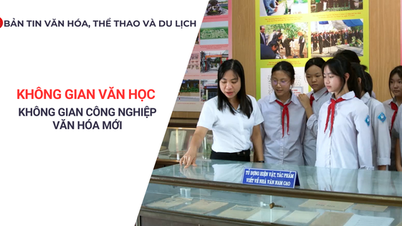
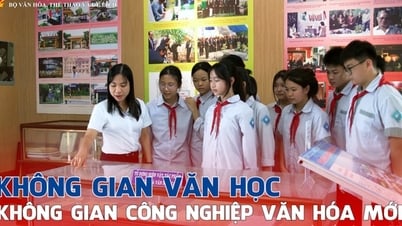
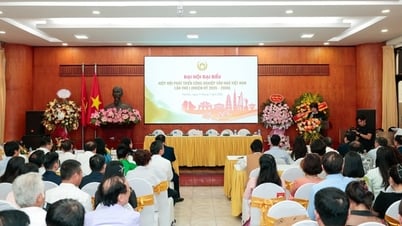






















Comment (0)